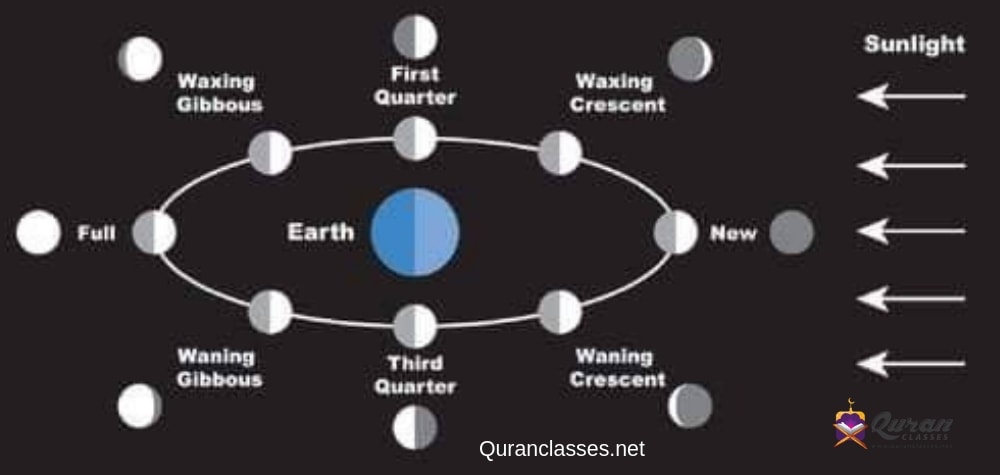FORGIVENESS FOR THE PLEASURE OF ALLĀH
April 17, 2019The 15th of Shaban – A Night for Asking Forgiveness
April 20, 2019
WHEN IS 15 SHAB E BARAT / NISF SHABAN / LAYLAT AL BARA?
15 SHABAN 1440 –WHEN IS IT?
We have been inundated with enquiries from mosques, Islamic Centres and individuals asking us: when is the 15th of Shaban? It is a significant night for many Muslims.
As is often the case in the UK, there are at least two opinions.
Short Answer:
IF YOU FOLLOW LOCAL / VISIBILITY CALENDARS: Saturday 20 April night, & Sunday 21 April daytime
IF YOU FOLLOW SAUDI ARABIA’S CALENDAR: Friday 19 April night, and Saturday 20 April daytime.
Longer Answer & Explanation of Differences:
For those who follow a LOCAL or VISIBILITY based calendars, their reasoning is quite straightforward. On the evening of 29th of Rajab (which coincided with the evening of Friday 5th April) sighters from around the world attempted to sight the moon. The moon was not reported sighted anywhere locally in the UK, nor indeed anywhere in the world. Thus, the month of Rajab had 30 days, and Shaban commenced after sunset on Saturday 6 April with Sunday 7 April being its first day.
Saudi Arabia started Shaban a day earlier than communities who conducted moonsighting. Why was this the case, when the moon was nowhere visible?
The answer is – Saudi Arabia were not looking for the moon that evening, nor were they claiming to be.
Saudi Arabia follow a calendar, known as the Umm al Qura (UQ) Calendar, for their administrative and civic purposes. This calendar is calculated using a formula. Saudi Arabia does not conduct crescent sightings for the purposes of this calendar at all.
The UQ Calendar is used by citizens of Saudi Arabia 8 months of the year. In the remaining 4 months, sighting reports are obtained for Ramadan, Shawwal and Dhul Hijjah and Muharram. Saudi Arabia’s unique calendrical system means they combine both a calculated Islamic Calendar (used most of the year) with some sighting reports (some of the year). To clarify, no moon sighting was conducted for Shaban in Saudi Arabia for the purposes of the calendar.
The formula used by the UQ Calendar is based on the New Moon, or conjunction – in other words, when the sun, moon and earth are in one line. At this time, the moon is invisible. Traditionally, however, the Islamic Calendar moved between months on the sighting of the NEW CRESCENT, which normally occurs about a day after the NEW MOON.
The distinction between the NEW MOON and NEW CRESCENT is an important one to make. Calendars which follow a NEW MOON calculation, such as the UQ calendar for 8 months of the year, or the Turkish Islamic calendar, will always find themselves starting their months a day earlier than other communities.
Thus, Muslim communities who conduct moonsigthings for their calendar based on crescent sightings locally tend to find that the Saudi Calendar is one day earlier than theirs.
We hope that clarifies.



